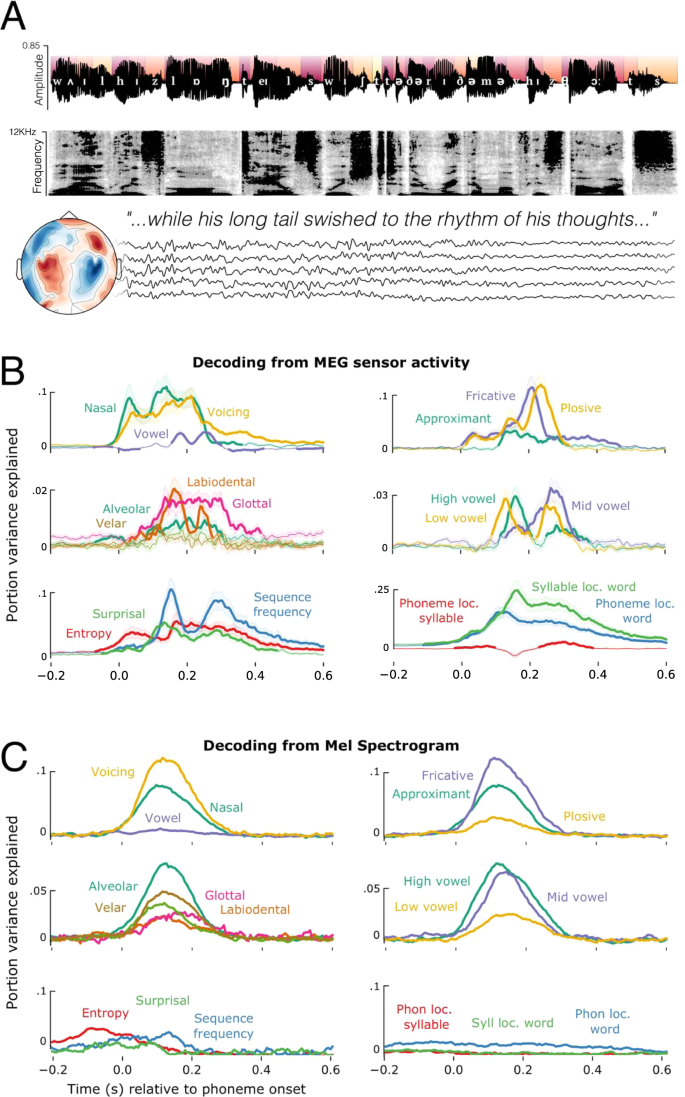2022-11-07 ノースカロライナ州立大学(NCState)
新しい研究で、CRISPR-Casシステムで操作されたウイルスが、細菌の防御を妨害し、他の細菌が近くにいるときでさえ、標的の細菌に選択的変化を与えることができることを明らかにしている。
研究者達は、大腸菌の標的編集のためにCRISPR-Casペイロードを送り込むために、最初は試験管内で、次に土壌-多くの種類の細菌が生息できる複雑な環境を模して作られた人工土壌環境内で、2種類の人工バクテリオファージを配備した。
T7とラムダと呼ばれるバクテリオファージは、いずれも実験台で大腸菌を見つけ出し、その宿主にペイロードを送り込むことに成功した。これらのペイロードは、細菌の蛍光遺伝子を発現させ、抗生物質に対する細菌の耐性を操作するものであった。
この技術により、我々のチームや他のチームが、EcoFABのような高度に制御された実験環境において、植物や他の微生物と相互作用する主要細菌の遺伝子基盤を発見することができる。
<関連情報>
- https://news.ncsu.edu/2022/11/crispr-befuddles-bacteria/
- https://www.pnas.org/doi/10.1073/pnas.2206744119
CRISPRを用いたファージによる細菌のその場での塩基編集のためのエンジニアリング CRISPR-based engineering of phages for in situ bacterial base editing
Matthew A. Nethery, Claudio Hidalgo-Cantabrana https://orcid.org/0000-0002-7248-4564, Avery Roberts, and Rodolphe Barrangou
Proceedings of the National Academy of Sciences Published:November 7, 2022
DOI:https://doi.org/10.1073/pnas.2206744119

Significance
Microbial consortia possess a wealth of genetic information; however, current approaches to deciphering genetics in a community context are largely constrained by low delivery efficiencies and a breadth of targeting specificities. Here, we describe a phage-based approach for precision editing of an individual gene within a target host organism in a community context. Engineering bacteriophage λ to contain a cytosine base editor, we inactivate host chromosomal and plasmid-based genetic targets through the strategic introduction of single-nucleotide mutations without Cas-based double-strand DNA cleavage. Next, we establish species- and site-specific editing within a synthetic soil community by using a fabricated ecosystem. Phage-assisted delivery, together with base editing, offers an important in situ editing approach for the genetic interrogation of microbial community members.
Abstract
Investigation of microbial gene function is essential to the elucidation of ecological roles and complex genetic interactions that take place in microbial communities. While microbiome studies have increased in prevalence, the lack of viable in situ editing strategies impedes experimental progress, rendering genetic knowledge and manipulation of microbial communities largely inaccessible. Here, we demonstrate the utility of phage-delivered CRISPR-Cas payloads to perform targeted genetic manipulation within a community context, deploying a fabricated ecosystem (EcoFAB) as an analog for the soil microbiome. First, we detail the engineering of two classical phages for community editing using recombination to replace nonessential genes through Cas9-based selection. We show efficient engineering of T7, then demonstrate the expression of antibiotic resistance and fluorescent genes from an engineered λ prophage within an Escherichia coli host. Next, we modify λ to express an APOBEC-1-based cytosine base editor (CBE), which we leverage to perform C-to-T point mutations guided by a modified Cas9 containing only a single active nucleolytic domain (nCas9). We strategically introduce these base substitutions to create premature stop codons in-frame, inactivating both chromosomal (lacZ) and plasmid-encoded genes (mCherry and ampicillin resistance) without perturbation of the surrounding genomic regions. Furthermore, using a multigenera synthetic soil community, we employ phage-assisted base editing to induce host-specific phenotypic alterations in a community context both in vitro and within the EcoFAB, observing editing efficiencies from 10 to 28% across the bacterial population. The concurrent use of a synthetic microbial community, soil matrix, and EcoFAB device provides a controlled and reproducible model to more closely approximate in situ editing of the soil microbiome.


